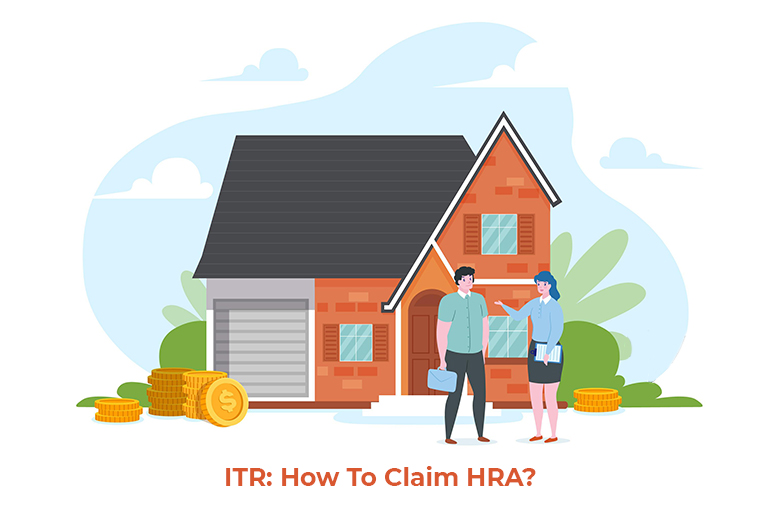Event Image

5July
Body
The Automotive Component Manufacturers Association of India (ACMA), the apex body representing India’s Auto Component manufacturing industry, has recently submitted a detailed list of recommendations for the upcoming Union Budget. These proposals aim to bolster the automotive sector's growth, which has seen significant challenges due to economic fluctuations and shifting market dynamics. This article provides an extensive overview of ACMA's suggestions, analyzing their potential impact on the industry and the broader economy.
Context and Importance of ACMA's Proposal
The auto component industry is a crucial part of India's manufacturing sector, contributing significantly to employment, GDP, and exports. However, the industry faces multiple challenges, including high production costs, regulatory burdens, and a slow shift towards electric vehicles (EVs). In response, ACMA’s budget proposal aims to address these issues through specific measures designed to provide financial relief and promote technological innovation.
Key Suggestions from ACMA
ACMA's proposals for the Union Budget are extensive and diverse, reflecting the myriad needs of the auto component sector. The major recommendations can be broadly categorized into financial incentives, policy reforms, and support for R&D and technology upgradation.
1. Reduction in GST and Import Tariffs
One of ACMA's primary requests is the reduction of the Goods and Services Tax (GST) on auto components from 28% to 18%. This reduction is aimed at lowering the cost of components for manufacturers, which can potentially be passed on to consumers, thereby stimulating demand. Additionally, ACMA has suggested reducing import tariffs on critical raw materials that are not abundantly available in India, such as certain rare metals essential for EV components.
2. Incentives for R&D and Technology Adoption
Recognizing the global shift towards smart and electric vehicles, ACMA has proposed increased incentives for research and development (R&D) activities within the auto components sector. This includes tax breaks for investments in R&D facilities and new technology adoption, particularly in areas like battery technology and autonomous driving systems.
3. Support for MSMEs
Micro, Small and Medium Enterprises (MSMEs) form a significant part of the auto component industry. ACMA has recommended specific measures to support these enterprises, including easier access to credit, special grants for technology upgradation, and a more streamlined regulatory environment.
4. Enhanced Export Incentives
With Indian auto components being exported to multiple countries, enhancing export incentives is a critical part of ACMA's proposals. Suggestions include higher duty drawback rates and support for participation in international trade fairs and exhibitions, which could help Indian companies expand their footprint overseas.
5. Policy Reforms for Electric Vehicles
As the automotive world moves towards electric mobility, ACMA has stressed the need for policy reforms to support this transition. This includes incentives for setting up EV component manufacturing and assembly units, subsidies for EV adoption, and the establishment of charging infrastructure across the country.
Analysis of the Economic Impact
Potential Boost to Manufacturing Sector
If implemented, ACMA’s proposals could significantly reduce manufacturing costs and enhance profitability across the auto components industry. This might lead to increased production volumes, more employment opportunities, and greater contributions to the GDP.
Promotion of Sustainable Practices
The emphasis on electric vehicles and new technologies aligns with global environmental goals. Encouraging R&D in environmentally friendly technologies could position India as a leader in sustainable auto component manufacturing.
Impact on MSMEs
The specific measures proposed for MSMEs could lead to a revitalization of this segment, which has been particularly hit hard by economic downturns and the COVID-19 pandemic. Strengthening MSMEs will ensure greater resilience of the supply chain and encourage entrepreneurship.
Industry and Expert Reactions
The industry has largely welcomed ACMA’s proposals, with many leaders expressing optimism about the potential changes. “These recommendations, if accepted, could be a game-changer for the auto components industry,” stated the CEO of a leading auto components firm. Similarly, economic experts have pointed out that these measures could significantly enhance the competitiveness of Indian auto components on the global stage.
Challenges and Considerations
While the proposals are comprehensive, their implementation would require careful consideration of fiscal implications, especially regarding potential revenue losses from reduced GST rates and import tariffs. Balancing these against the expected economic gains will be crucial for the government.
ACMA's suggestions for the Union Budget reflect a strategic approach to resolving long-standing issues within India’s auto component industry. By addressing key areas such as taxation, exports, and innovation, these proposals have the potential to significantly enhance the sector's growth and contribution to the national economy. As the Union Budget announcement approaches, stakeholders from across the industry are watching closely, hopeful for positive changes that will drive the sector forward into a new era of innovation and global competitiveness.








